Collodion POP Object View
Collodion POPs have a baryta paper support. The paper consists of high quality paper, a thick smooth baryta layer, and the collodion binder. Prints are often mounted to a secondary support, placed in albums, or made as postcards.
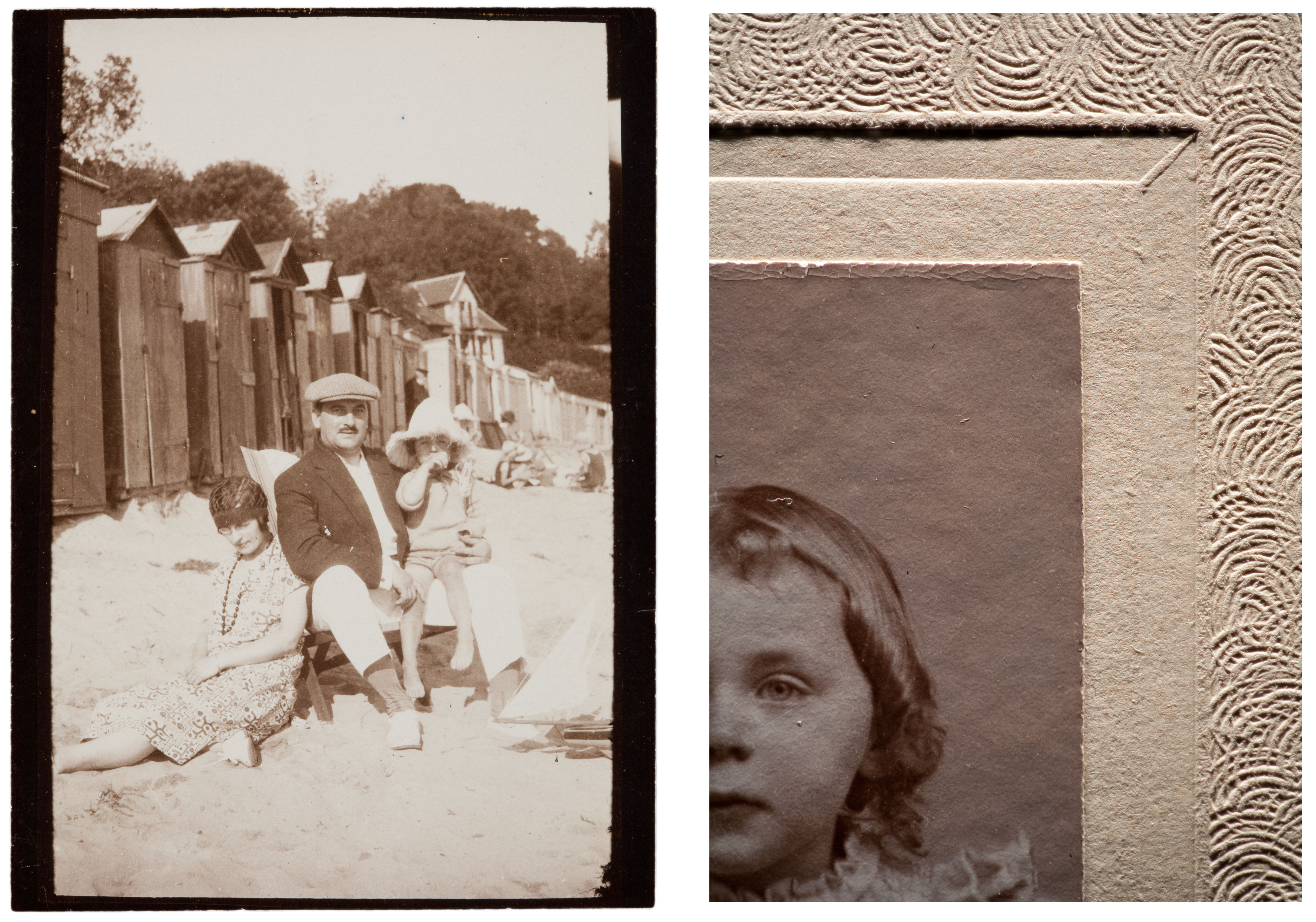
Collodion POPs have a paper support and are often, but not always, mounted to a secondary support.
During processing, collodion POPs are usually gold toned with a gold chloride solution, which partially converts the silver image to gold and alters the shape of the image particles, resulting in a change in image color. Gold toning yields a range of tones. The final print color is dependent on toner formula and length of time in the toning bath. Collodion POPs often do not have the same problems with fading as other POP processes. This likely has to do with collodion as a binder, which is not very hygroscopic (water absorbent). It is possible that this property provides a better protection against silver oxidation, the cause of image fading. However, all printed out prints, including collodion POP, are susceptible to silver oxidation in varying degrees due to the small size of the silver particles. Collodion is susceptible to surface abrasions because it is more brittle than other types of photographic binders due to its hydrophobic nature and the loss of plasticizers added to the collodion binder.
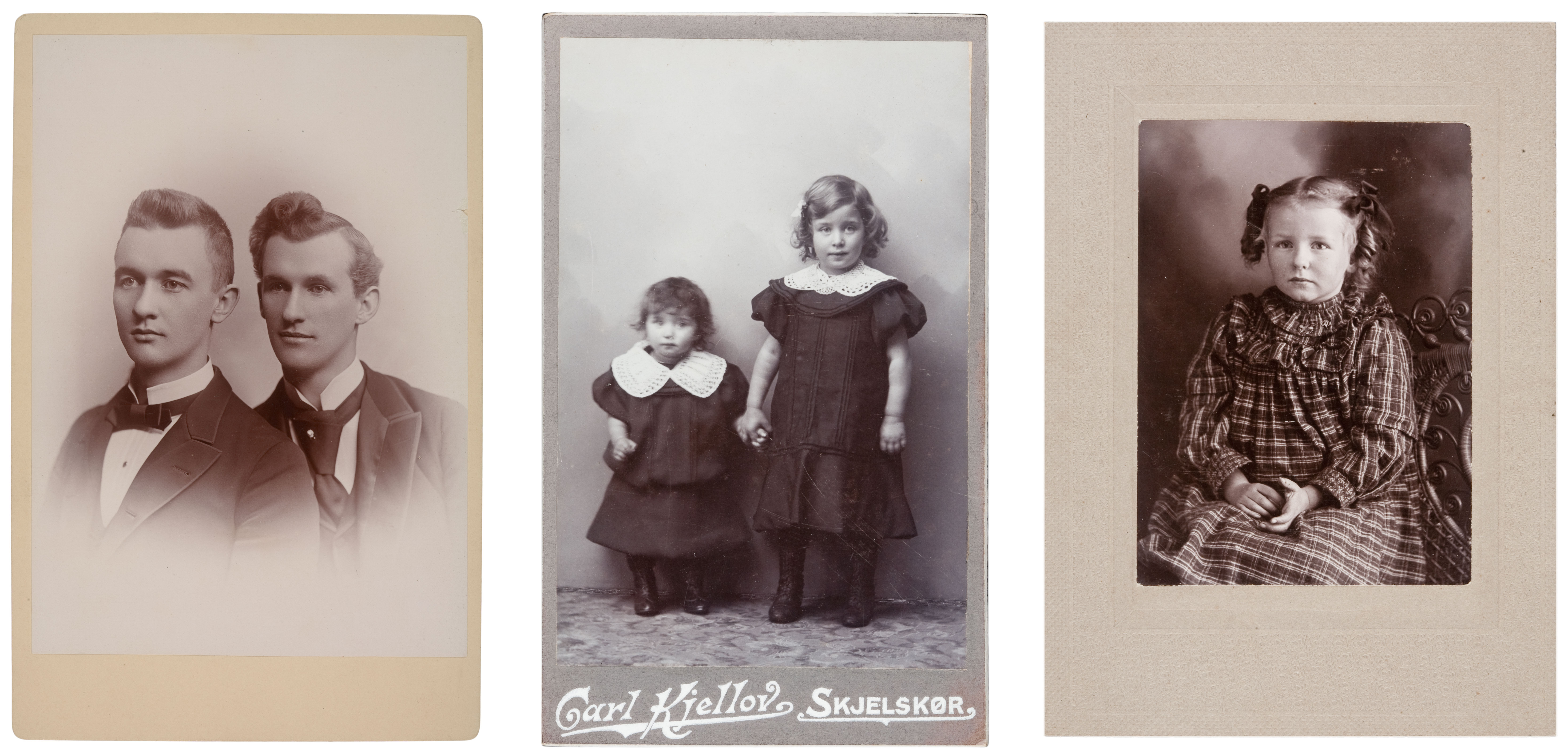
Image tones range depending on the strength and length of the gold toning solution.

These prints have a pink tinted baryta layer giving the image an overall pink cast. Tinting was introduced in the 1860s to albumen papers and was thought to enhance the image. Some collodion printing-out papers had baryta layers tinted pink or mauve by the photographic paper manufacturer.
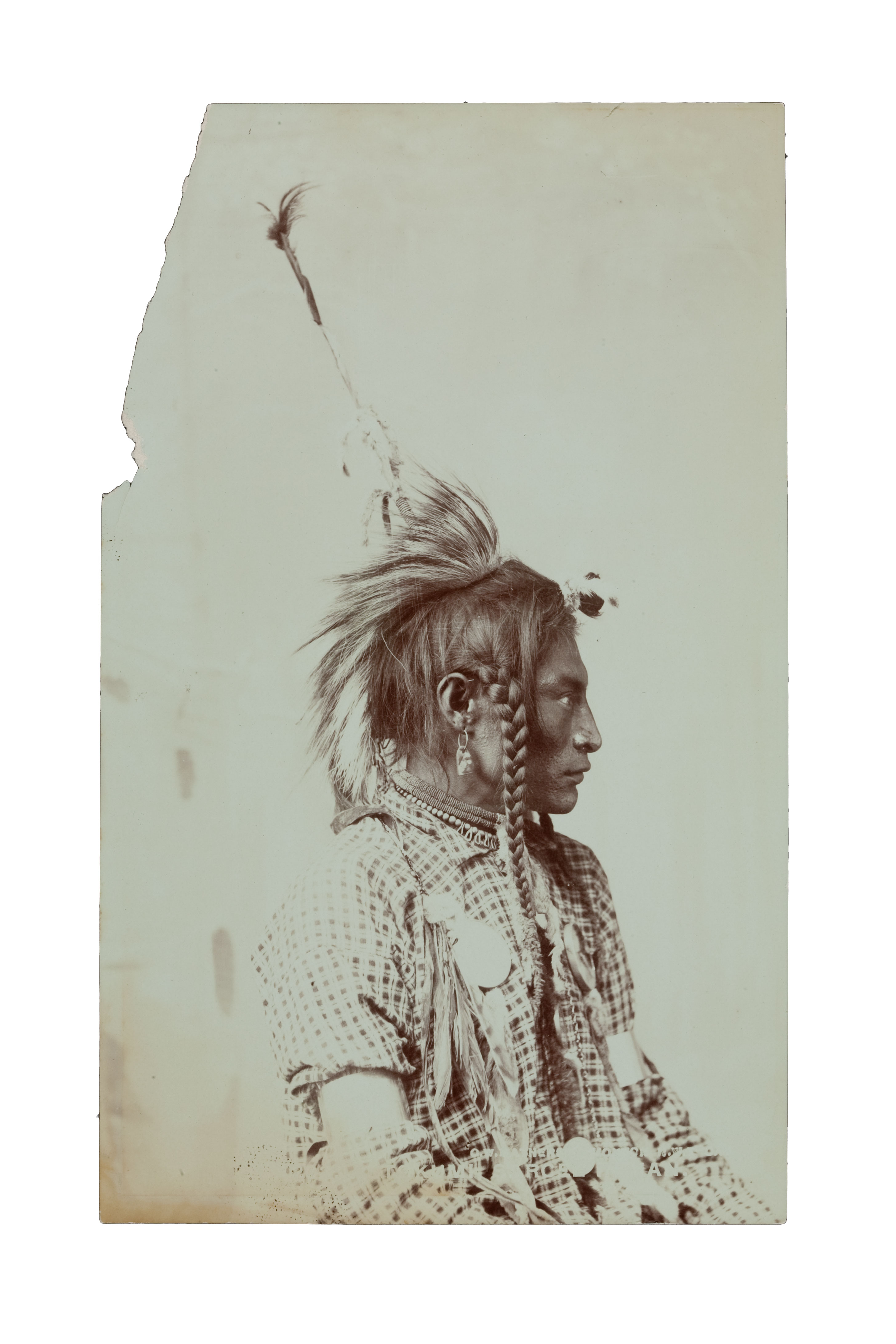
This print has a blue tinted baryta layer giving the image an overall blue cast.
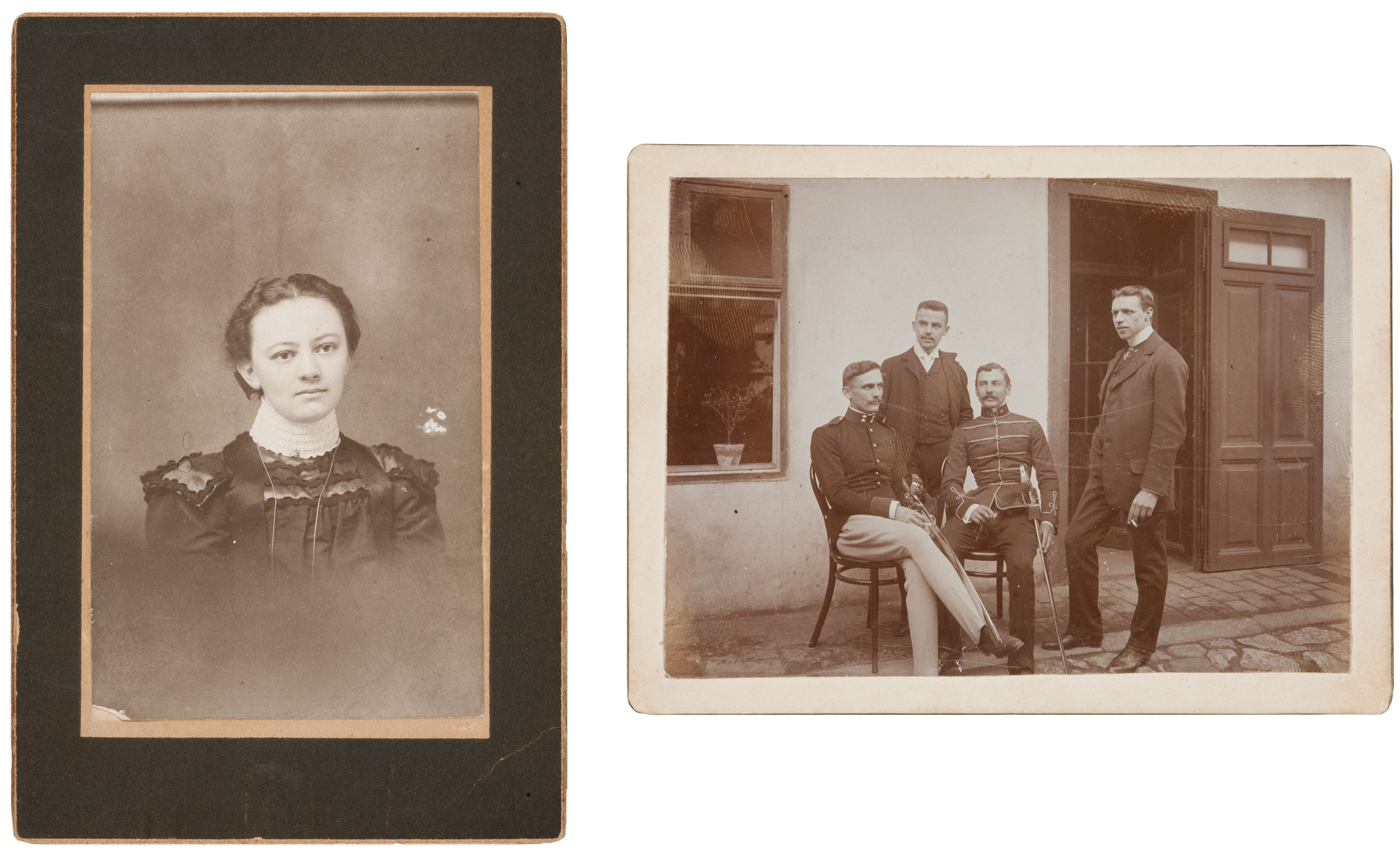
Collodion POPs often do not have the same problems with fading as other POP processes, but they may exhibit loss of density in the highlights or overall.
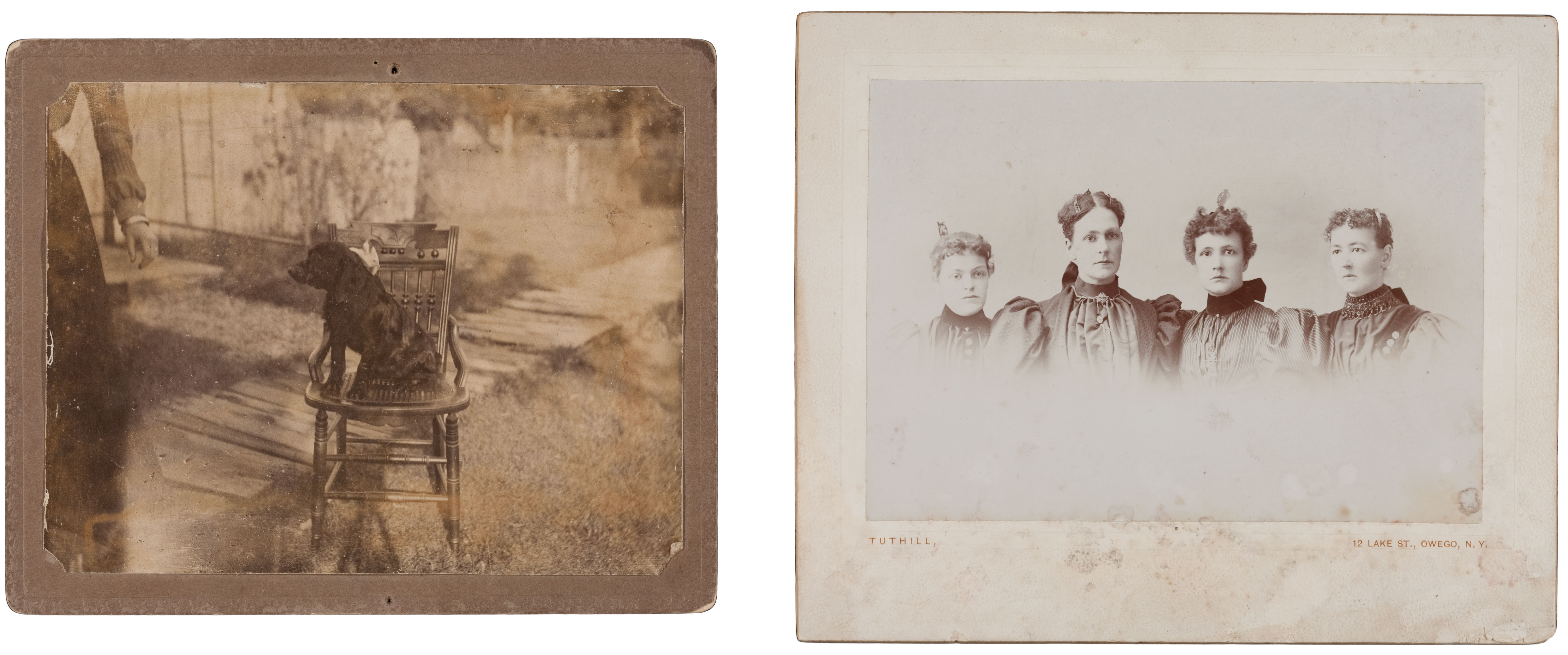
Collodion images are susceptible to oxidation. These images have faded likely due to poor quality mounts, housings, or processing.
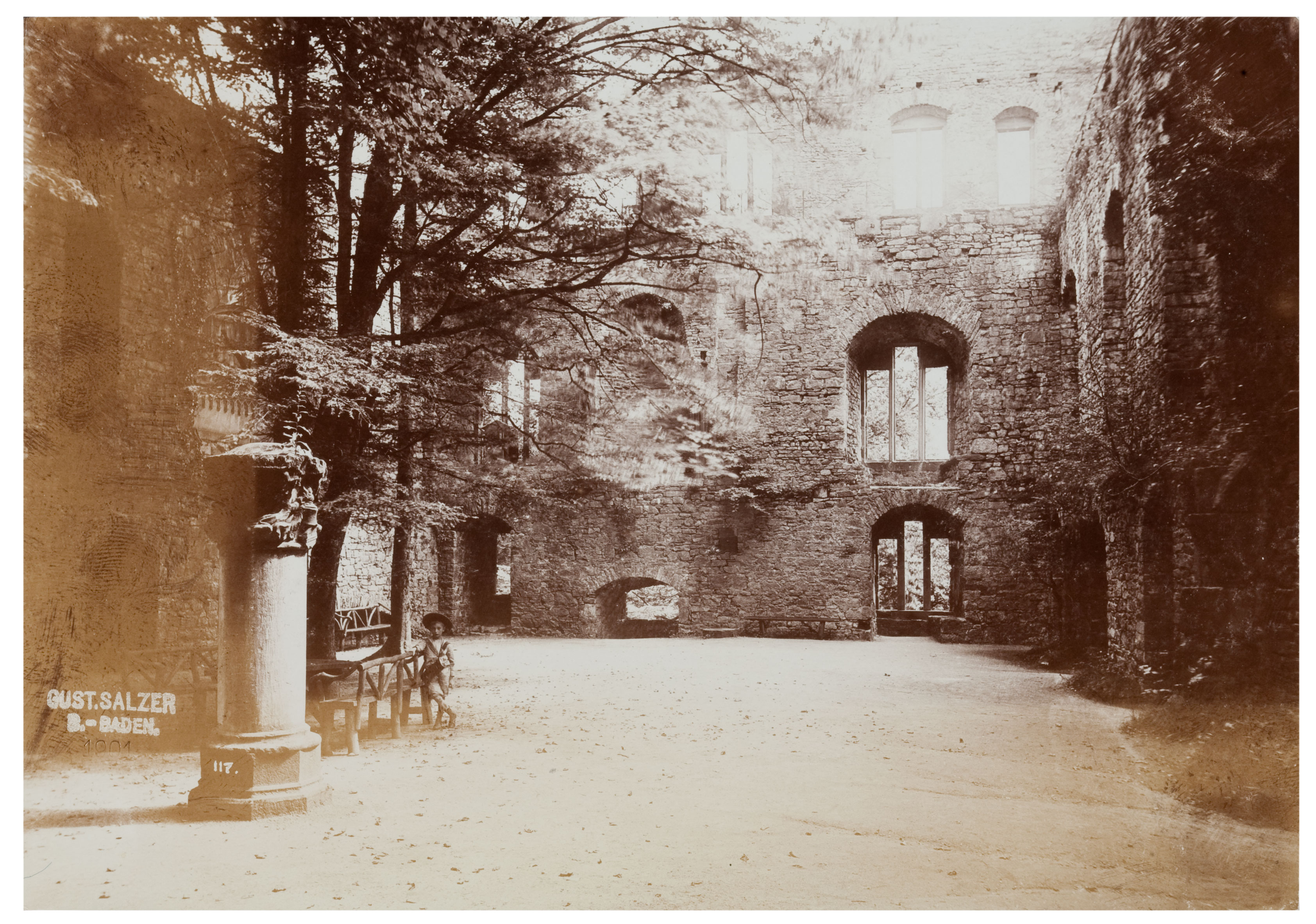
Fading has occurred from the outside in—a typical pattern of silver oxidation for prints in albums or books, and is caused by air pollutants.
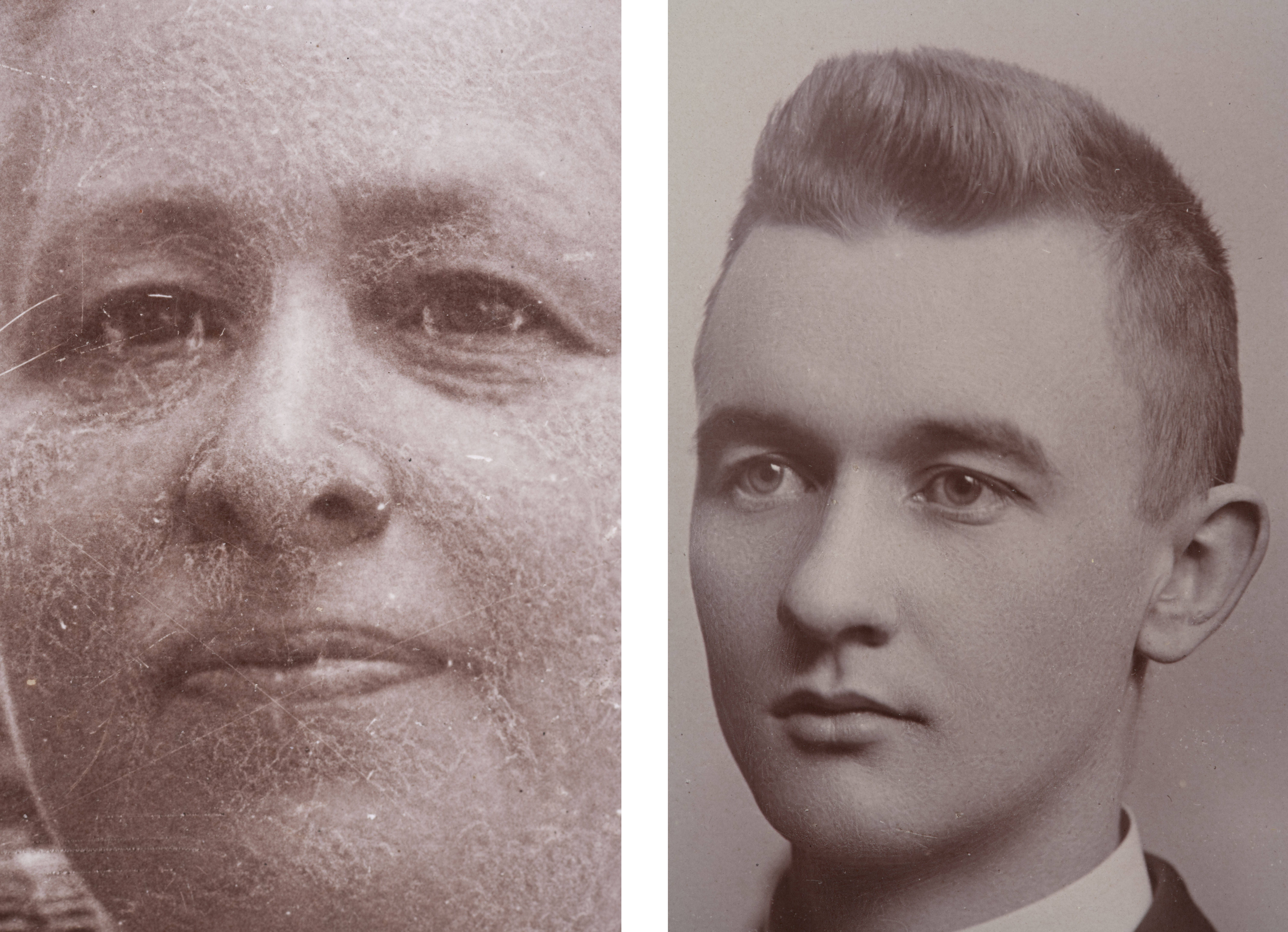
Retouching in the negative gives faces a mottled appearance. Retouching was likely done to smooth out skin tones.
Collodion POPs are often mounted to cabinet card and carte-de-visite mounts. Usually the studio information and address are printed on the front and/or back of the mount.

Standard sized mounts from professional studios often have information written on the front or back of the mount. Cabinet card and carte-de-visite mounts became increasingly ornate throughout the nineteenth century.